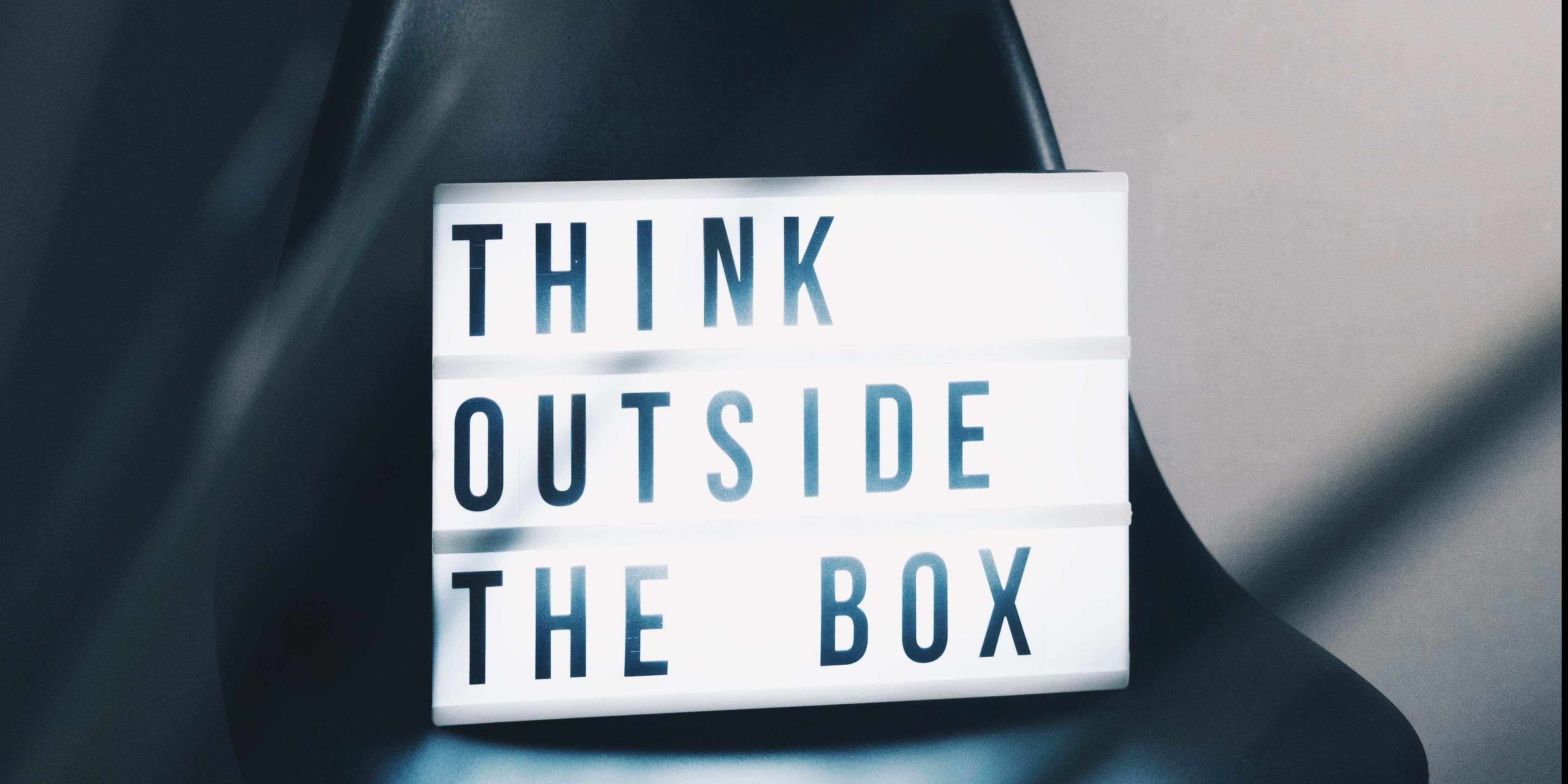Gone are the days of loyal donors writing checks and not following up on their donations—sound familiar? If you’ve sat through any philanthropy conference, fundraising seminar, or donor cultivation training in the past several years, you have heard this message. You’ve heard it all: Millennials are a different kind of donor…Gen Zers need to get involved…
So often the conversations about getting outside stakeholders interested in your work are aimed at fundraisers. Getting more donations is our primary motivation for talking about the meaningful impact we are having on the world. But getting stakeholders involved in your data can be about so much more than driving donations. Sure, getting more funding is always great, but it doesn’t have to be your sole reason for finding creative ways to visualize your data.
Here are a few ideas for creatively displaying your data to a wide variety of stakeholders:
- Use your space: How many nonprofit spaces look the same? Either blank, dreary walls or pictures of smiling people. Yes, smiling people are great, but why are they smiling? How did they get to that point of looking so happy and successful? Here is where you can tell a story. Find a creative way to post (with consent, of course) various participatory evaluation tools. If you’ve used photovoice, display before and after pictures. If you’ve used youth-friendly tools like drawings, poems, or visual art, blow them up and hang them on the wall. The key is to rotate what you have. Don’t let it get stale or else people will stop paying attention.
- Ask participants to get involved: Who is sharing your data? People can get tired of hearing from the same staff member over and over again. Your star fundraiser is a wonderful story-teller (that why she’s awesome at her job!), but a participant will add a layer of authenticity that is unparalleled. Take privacy and confidentiality into account when pursuing this approach, but if a participant is willing, sharing a first-hand story will always bring your data to life. This doesn’t have to be a story that is shared verbally—maybe a mural or other art form is the best way for a participant to show your program impact.
- Stay open to participant voice: Always share data back with participants. Everyone deserves to see how their information is being shared with a wider audience. And use data sharing as an excuse to ask them, how do you think we should share this with others? What do you think others should know about the work we are doing here? You may get a brilliant idea that you have never thought of or maybe you will discover a hidden talent from a participant that is willing to help you. Stay open to ideas. You never know what might come up.
The bottom line: Data you can see, feel, touch, and easily understand is going to be more meaningful to your stakeholders. Your message will leave a lasting impact on whoever comes into contact with your data—and that is why we love data visualization. Stakeholders will care more about your work (and bonus if they decide to financially support you along the way!).
Interested in learning more? Give us a call or send us an email for more information.

